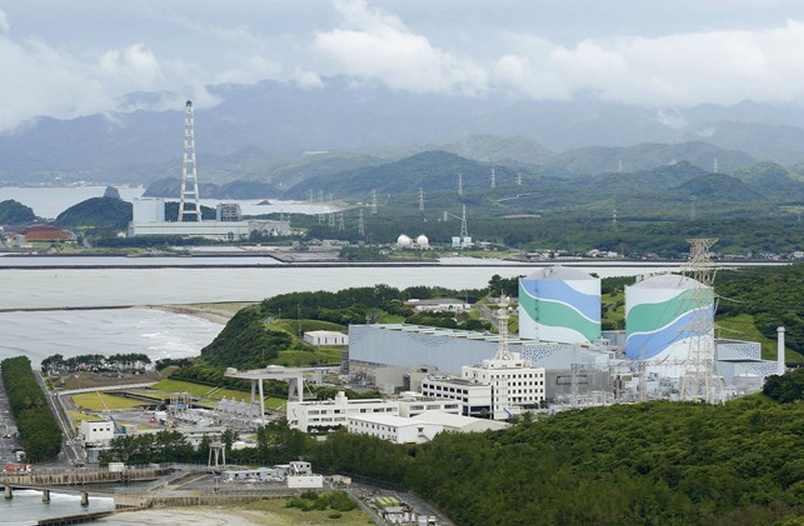TOKYO – A Japanese governor said Wednesday the country should not restart any nuclear plants until the cause of the Fukushima meltdown is fully understood and nearby communities have emergency plans that can effectively respond to another major accident.

Hirohiko Izumida, governor of central Niigata prefecture – home to the seven-reactor Kashiwazaki-Kariwa plant – said regulators look at equipment but don’t evaluate local evacuation plans.
Prime Minister Shinzo Abe is pushing to restart two reactors in southern Japan that last month were the first to be approved under stricter safety requirements introduced after the Fukushima disaster. Nuclear Regulation Authority Chairman Shunichi Tanaka has called the new standard one of the world’s highest.
Regulators are inspecting 18 other reactors, including two in Niigata operated by the utility that runs the Fukushima plant, which experienced meltdowns following the 2011 earthquake and tsunami. All 48 workable Japanese reactors are currently offline.
READ MORE: Is Fukushima radiation posing a threat to fish caught off the B.C. coast?
Izumida also said the Tokyo Electric Power Co. was responsible for the Fukushima crisis and has no qualifications to resume operating a nuclear plant without fully clarifying unanswered questions about the accident.
Ensuring protection of nearby residents from radiation exposure as part of a multi-layer safety measure is an international standard, but still not required in Japan. Towns as far as 30 kilometres (18 miles) from the plant, an expansion from the 20 kilometres before the crisis, are now required to compile evacuation plans, but many have not. Niigata compiled its evacuation plan in June and is set to test it next month.


Comments